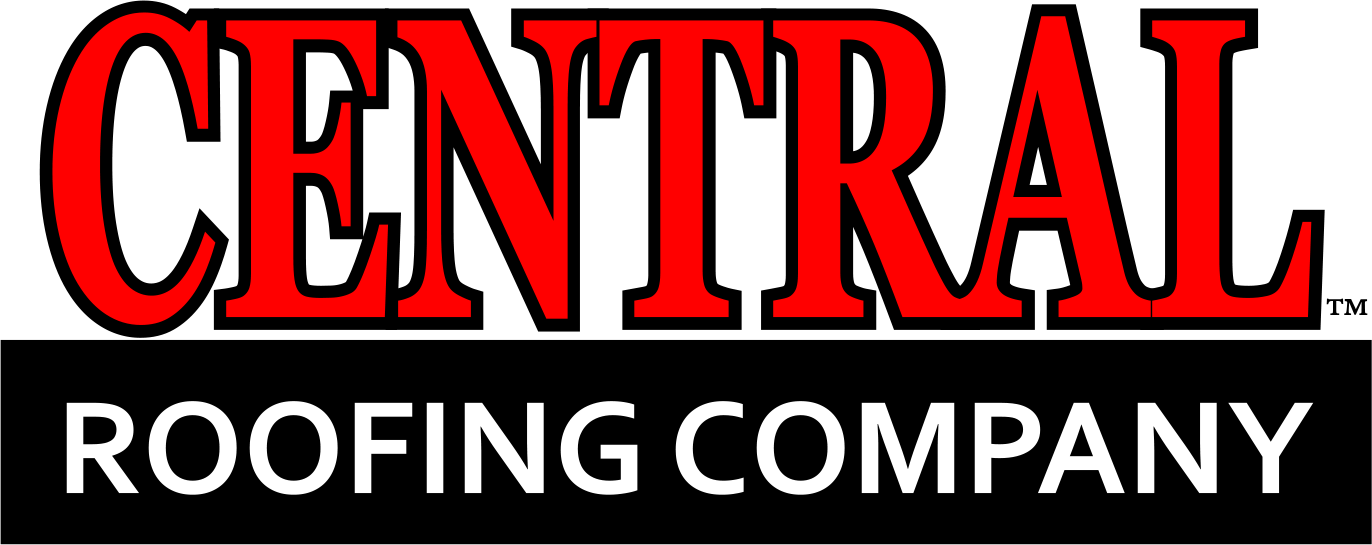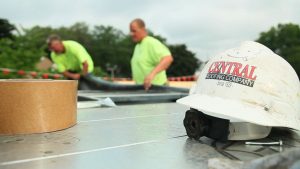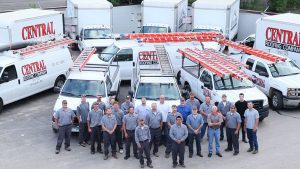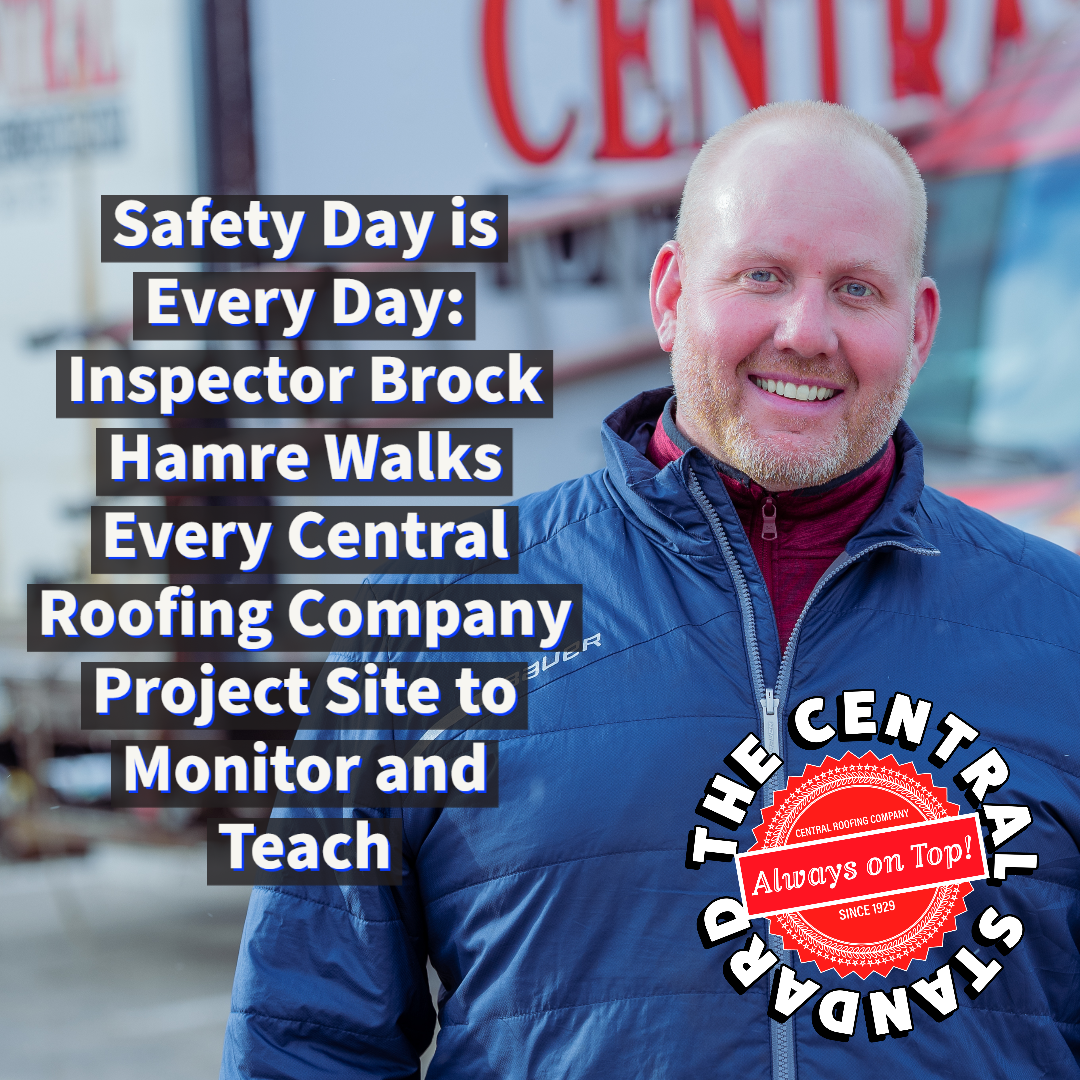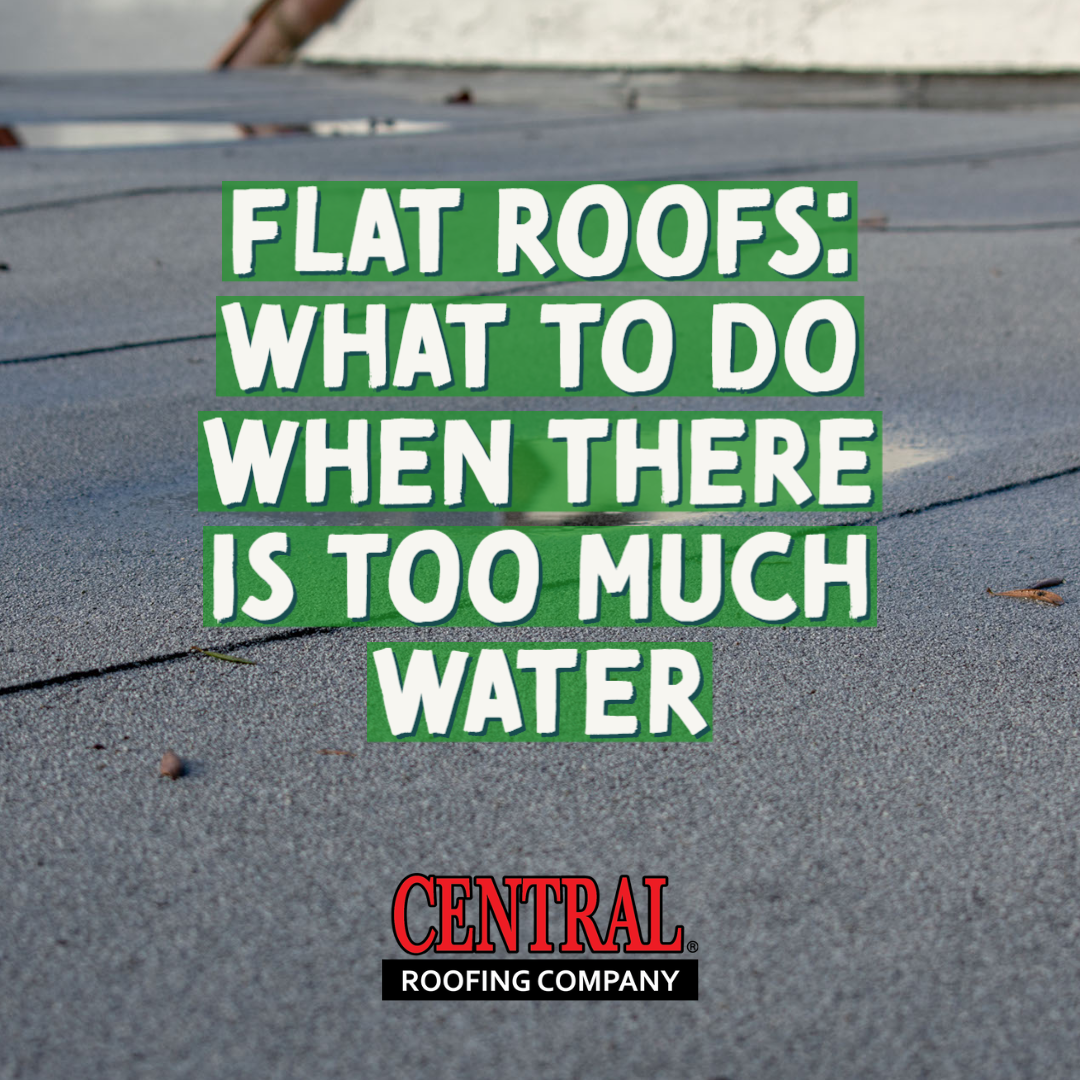Recently, a Central Roofing Company customer asked one of our Rochester-based project managers, Tony Mallory, for support information so that he could make an informed decision between an energy efficient white roof made of TPO or PVC material and a less expensive roof made of EPDM. Both materials will secure a roof, protecting the building structure and assets within. TPO or PVC are more expensive materials initially but customers purchase them with long-range savings in heating and cooling as well as possible tax incentives in mind. EPDM is less expensive and quicker to install. The question our customer asked wasn’t about the differences between the materials. Those are well researched and documented by the respective manufacturers. His question was, “Is the investment in TPO or PVC worthwhile in the often-cold weather climate of Minnesota?” We are Central to information and customer support so in that vein, we dug deeper into the research available and found the answer: yes, white roofs are “cool” even cold-weather Minnesota.
To download our report, click White Roofs or read a summary below.
Our weather. According the National Climatic Data Center (2015), Minnesota has an average of 189 days of sun annually, or roughly 52% of the year. However, “sun” does not tell the whole story about the impact of Minnesota weather on the energy efficiency of a building. The DNR Division of the University of Minnesota reports a nation-wide record-setting average number of 150 days of extreme weather. On average Minnesota has 35 days each summer with temperatures soaring over 90 degrees Fahrenheit; on the opposite end of the thermometer, we also experience an average of 55 days below zero and another 60 days below freezing. This temperature fluctuation results in maximum heat loss and maximum heat gains in our region, therefore, heating and cooling costs are often at a premium in Minnesota.
A white “cool” roof will off-set the costs acquired by heat loss and heat gain. The United States Environmental Protection Agency reports that although costs will vary greatly depending on location and local circumstances, cool roof coatings on a low-slope roof might cost $0.75–$1.50 per square foot, while single-ply cool roof membrane costs vary from $1.50–$3.00 per square foot. The cost premium for cool roofs versus conventional roofing materials ranges from zero to 5 or 10 cents per square foot for most products, or from 10–20 cents for a built-up roof with a cool coating used in place of smooth asphalt or aluminum coating.
A federal study confirmed that cool roofs provide an average yearly net savings of almost 50 cents per square foot. This number includes the price premium for cool roofing products and increased heating costs in the winter as well as summertime energy savings, savings from downsizing cooling equipment, and reduced labor and material costs over time due to the longer life of cool roofs compared with conventional roofs.
